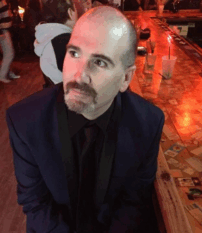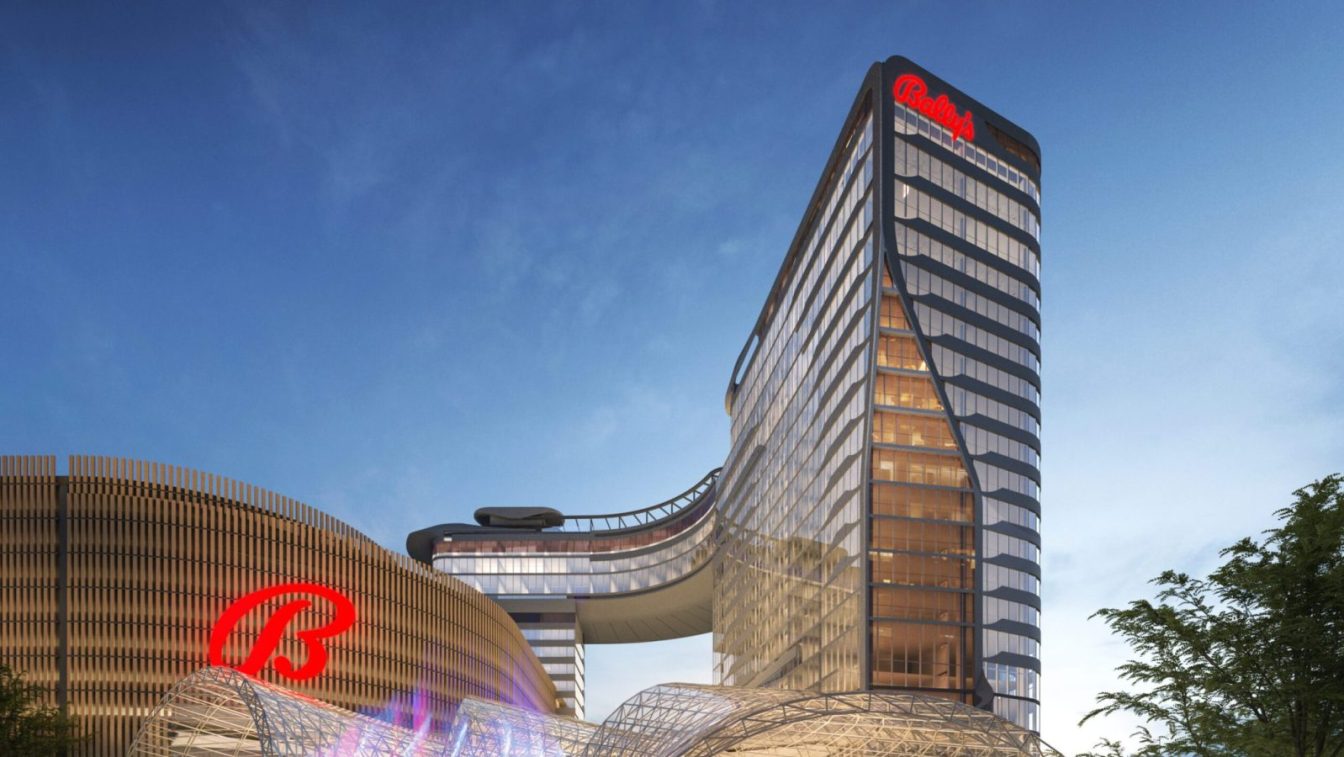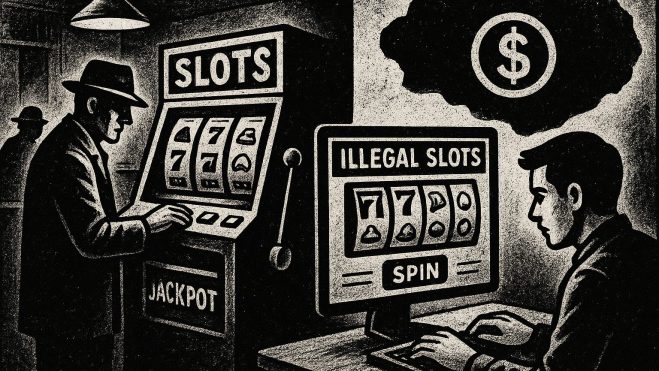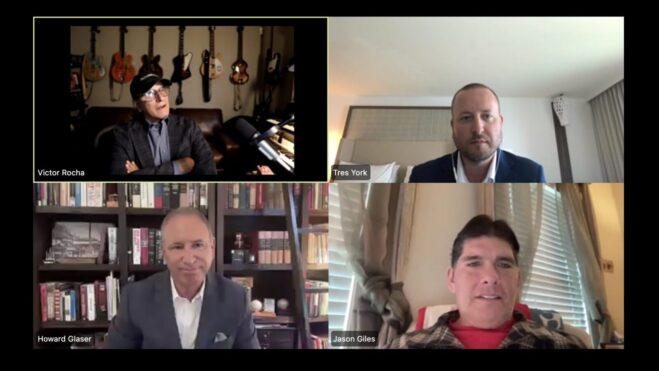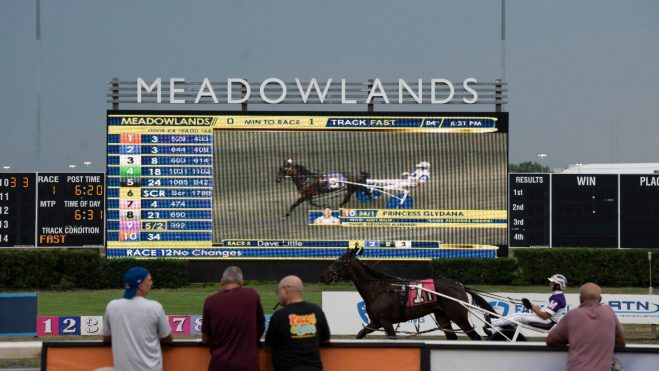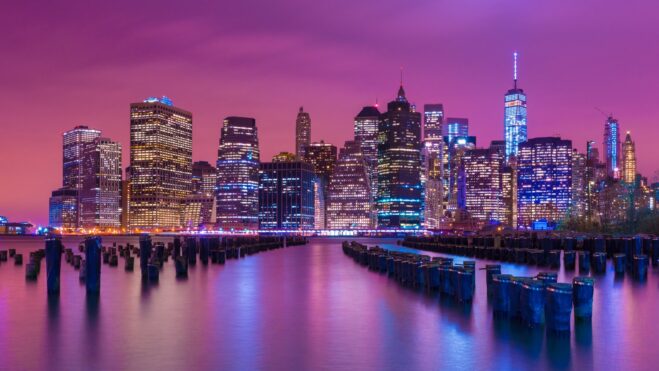Resetting The Reset: New York Casino Rankings, Version 3.0
The NYSGC’s board has four applicants for three licenses — but will it award all three?
4 min
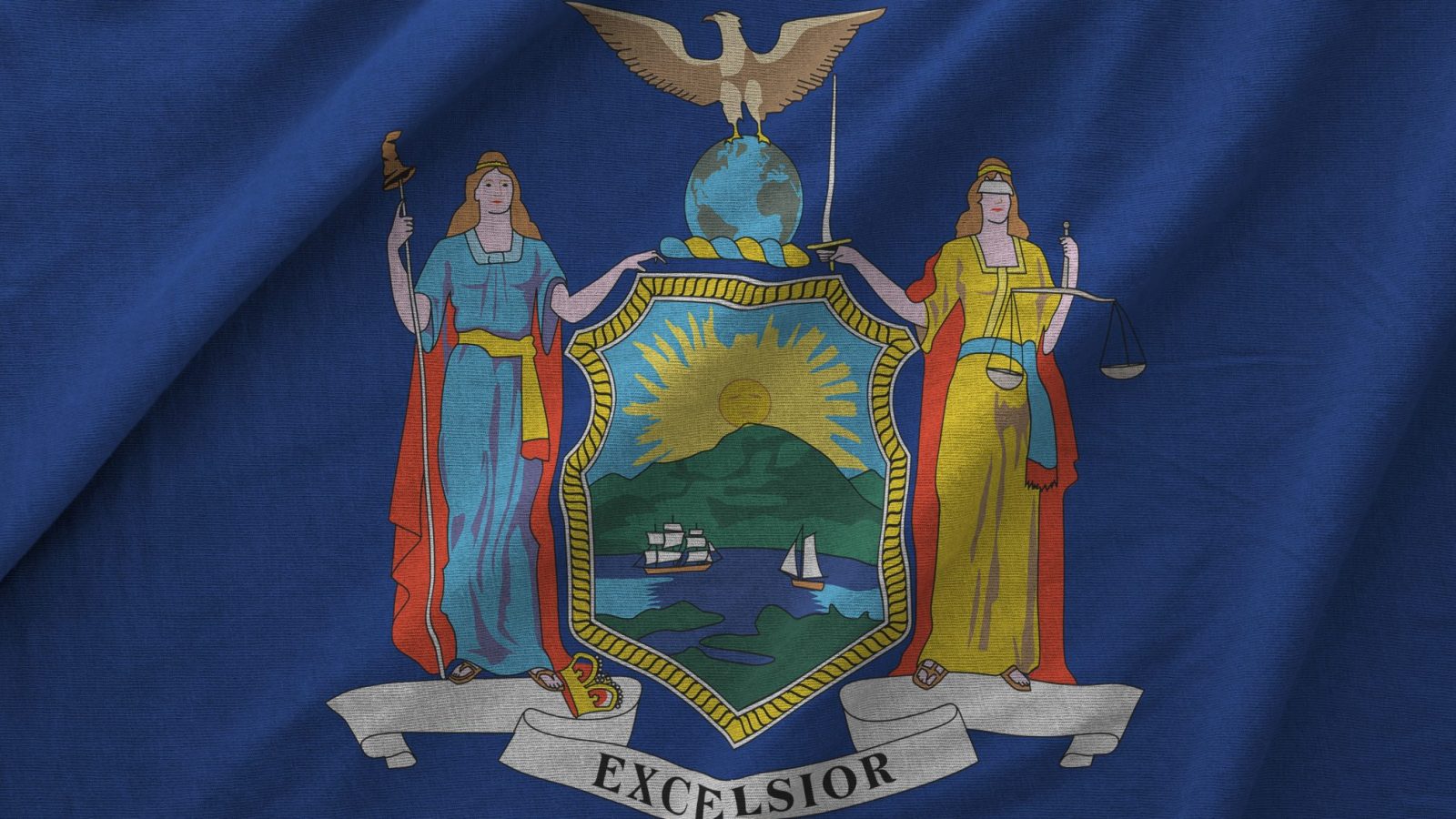
Well that was some fun, huh?
Sixteen public hearings and eight Community Advisory Committee (CAC) votes later, the eight applicants for up to three $500 million downstate licenses to be awarded by the New York State Gaming Commission (NYSGC) have been narrowed to four.
Resorts World, MGM Empire City, Metropolitan Park, and Bally’s Bronx now face scrutiny at the state level, where the NYSGC Gaming Facility Location Board (GFLB) will review the applications and corresponding amendments made in tandem with the respective CACs to select licensees. The deadline to select the licensees is Dec. 1, and the NYSGC plans to collect the fees before the end of the calendar year.
Even with the potential of $1.5 billion going to the state in terms of license fees, there is no guarantee all three will be issued. In fact, it can be argued it would not be surprising if the GFLB fails to award the third license by the Dec. 1 deadline.
Mobile sports betting in the Empire State is currently tracking to surpass Fiscal Year 2026 estimates for revenue. Also, the potential remains — be it real or imagined in an election year at the state and gubernatorial levels — for legalizing online casino gaming in 2026.
Casino Reports offered pre-hearing rankings via myself and cohort Jeff Edelstein. I re-ranked them at the midway point after everyone but Metropolitan Park had a first CAC hearing. Here is the latest re-ranking of the surviving quartet.
Likely licensees
1. Resorts World (Previous Rankings: 1A, 1)
After the first round of CAC hearings, I posited it would be a 1980 Olympics-level upset if Resorts World was not awarded a license, let alone survive the CAC process. Nothing from the second hearing changed that stance heading into consideration by the Gaming Facility Location Board for the next two months. Resorts World deserved the 6-0 vote received to move forward.
If anything, Resorts World’s application is strengthened by the fact that 70% of the scoring for the application is based on what the GFLB calls “Economic Activity & Business Development.” The company’s Aqueduct Racetrack casino location is one of the largest revenue generators in the U.S. outside of Las Vegas, and it currently doesn’t have true table games. Also within this scoring is one key component Resorts World has no one among the other three finalists does: Speed to market.
The ability to open expanded gaming six months post-licensure is a huge pocket ace. It has the potential to force the other applicants to dig into their respective bags to find ways to raise their revenue estimates.
And let’s be clear: Resorts World has yet to make a misstep in this process while also gaining community support to important ancillaries including housing. It remains all systems go for Resorts World.
2. MGM Empire City (1A, 2)
MGM Empire City is a textbook example of incumbency having its advantages. Its Yonkers Raceway casino is a known entity, largely supported in the community, and a solid revenue generator.
What flew under the radar to a degree was MGM Empire City’s amendments to its application accepted by the CAC prior to voting the proposal forward to the GFLB. Beyond the physical infrastructure mitigation aspects — which are important to immediate vicinity residents of the casino — MGM Empire City’s commitment to maintain a minimum annual $19.6 million payment to the City of Yonkers in the event the state changes tax rates is a huge win for Mayor Mike Spano.
There were also smaller positive provisions, including the Workforce Development amendments that include MGM Empire City making the effort to collaborate with unions for construction jobs, creating a dealer school and holding job fairs, and a local preference hiring for the gaming portion of expansion. The process shows the two sides have a positive working relationship that appears poised to continue on a larger scale.
MGM Empire City may not be wowing people like Resorts World, but it is taking every step to remain ahead of the other two candidates.
Potentially, but not a sure thing
3. Metropolitan Park (5, 4)
Unlike the New York Mets, the group leading team owner Steve Cohen’s $8 billion proposal in tandem with Hard Rock International delivered in the clutch. As a result, there are two Queens-based proposals in the mix for these three licenses.
One interesting tidbit in Metropolitan Park’s run to state consideration is the fact it was voted forward unanimously Tuesday. State Sen. Jessica Ramos’ representative on the CAC, George Dixon, was among the aye votes.
Recall Ramos was long opposed to the project, to the point Cohen needed fellow Sen. Ted Liu to be the legislative sponsor for the required land rezoning. That means group officials are doing something right when it comes to addressing community needs. The two biggest are committing 25 acres to parkland and a complete rework of the 7 Subway stop.
The biggest task for Metropolitan Park in the next two months is to convince GFLB officials it can co-exist economically with Resorts World since the two venues would be separated by nine miles. The Metropolitan Park location would be on land adjacent to Citi Field. How Hard Rock, which has international brand cache, markets itself to non-local casino-goers will likely be one of the difference makers in the NYSGC awarding all three licenses or pocketing one of them.
The longshot
4. Bally’s Bronx (7, 7)
Every process that has a Final Four needs the proverbial Cinderella story. In this case, the slipper is a fit for Bally’s.
I wrote off the proposed $4 billion venue for Ferry Point, and with (what I thought was) good reason: New York City Mayor Eric Adams had to publicly declare support for the project to lower a voting threshold for a land rezoning proposal and then had to veto a downvote of said land proposal.
And that was just to get the proposal to be heard by Bronx residents, who largely came out in support of the project at both hearings. The support from state-level politicians over New York City Councilmember Kristy Marmorato’s objections at the second hearing also loomed large, evidenced by the 5-1 final vote.
There are still headwinds for Bally’s to navigate in the deeper waters of GFLB consideration. It took Bally’s a notable amount of time to shore up financing for its $2 billion Chicago casino, and it is racing against the clock to open that venue by September 2026. Even with Chairman Soo Kim taking Bally’s private under Standard General, it remains highly leveraged.
Additionally, Bally’s underwhelmed with a Chicago-based initial public offering (IPO) earlier this year it wants to replicate in New York. It raised only $96.7 million for a $190 million target, with barely more than one-quarter of the 10,000 Class A shares worth $25,000 apiece sold.
